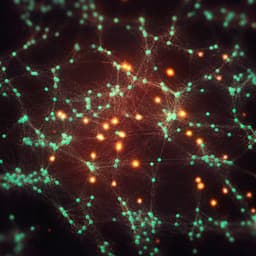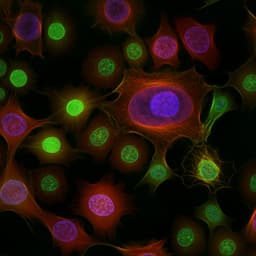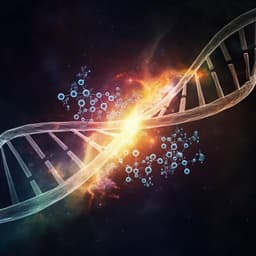
Earth Sciences
Environmental DNA signatures distinguish between tsunami and storm deposition in overwash sand
W. Yap, A. D. Switzer, et al.
This groundbreaking research by Wenshu Yap and colleagues reveals how environmental DNA analysis can effectively differentiate between tsunami and storm deposits in coastal regions. By examining microbial communities in Cuddalore, India, and Phra Thong Island, Thailand, the study uncovers significant insights into how these devastating events leave their mark on the environment.
Playback language: English
Related Publications
Explore these studies to deepen your understanding of the subject.







